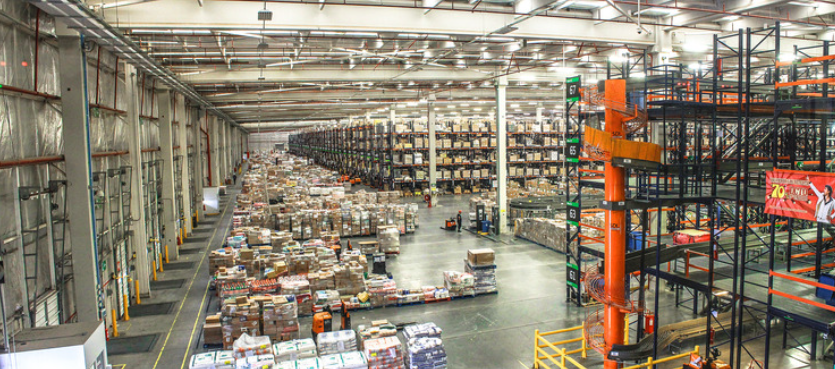New Customs Measures to Accelerate Yangtze River Delta's Integration into Global Trade
The General Administration of Customs (GAC) has introduced a new set of 16 measures designed to further integrate and elevate the Yangtze River Delta (YRD) as a hub for high-quality development. These initiatives aim to strengthen regional synergies in innovation, optimize logistics, enhance port business environments, ensure customs security, and improve digital governance.
The YRD, encompassing Jiangsu, Zhejiang, Anhui, and Shanghai, continues to be a cornerstone of China's modernization strategy. The region accounted for 36.6% of the country's total trade volume from January to November 2024, with imports and exports reaching 14.56 trillion yuan ($1.99 trillion), a 5% year-on-year increase. These figures highlight the resilience and competitiveness of YRD's trade ecosystem amid global uncertainties.
////
Strategic Initiatives for Growth
ONE

Three of the newly launched measures focus on fostering innovation and enabling the growth of cutting-edge industries. Key actions include:
-
Streamlining cross-border flows of innovative resources through tailored customs supervision for specialized goods.
-
Expanding the "white list" pilot program for biopharmaceutical imports and exploring cross-regional recognition, facilitating deeper industrial collaboration.
-
Supporting advanced manufacturing by optimizing customs procedures for high-tech goods and enabling efficient resource allocation.
Additionally, cross-border e-commerce platforms will see enhanced support, such as refined customs clearance processes and trials for bonded display transactions. Yiwu, a major hub for small commodities, is set to pilot a positive list management system for imported consumer goods, reflecting the region's adaptability to new trade dynamics.
////
Enhancing Logistics and Cutting Costs
TWO

Logistics, often a critical determinant of trade efficiency, is another priority. To streamline operations, the measures include:
-
Expanding the application of the "joint unloading" model, integrating multi-modal transportation systems, and innovating customs supervision for bulk commodities.
-
Strengthening collaborative regulatory frameworks between ports and local authorities to ensure seamless handling of goods, particularly for time-sensitive sectors like agriculture and biopharma.
These efforts are expected to lower logistical costs, boost efficiency, and enhance the YRD’s appeal as a global trade hub.
////
A Safer and Smarter Customs Ecosystem
THREE
Security and technological advancements underpin the new measures. The GAC plans to:
-
Deepen integrated risk management across the region's five major customs offices, safeguarding the supply chains of key industries.
-
Enhance pandemic and pest control through comprehensive joint monitoring systems.
-
Invest in smart customs infrastructure, including expanding the “YRD Cloud Platform” and deploying AI-driven projects such as “Smart Travel Inspection” at key ports.
////
Building a Unified Market and Global Competitiveness
FOUR
The GAC's latest initiatives align with broader national goals to establish a unified domestic market while bolstering the YRD's international competitiveness. By targeting emerging industries and modernizing infrastructure, these measures ensure the region remains a magnet for investment and innovation.
Experts, such as Li Yong from the China Association of International Trade, highlight the long-term benefits of institutional opening-up, noting that these measures will catalyze deeper regional cooperation and sustained economic growth.
As the GAC continues to refine its policies, the Yangtze River Delta's role as a dynamic force in global trade and a model for regional economic integration is set to grow stronger. The success of these measures will not only benefit local industries but also provide valuable insights for other regions seeking to enhance their global trade connectivity.






















































First, please LoginComment After ~